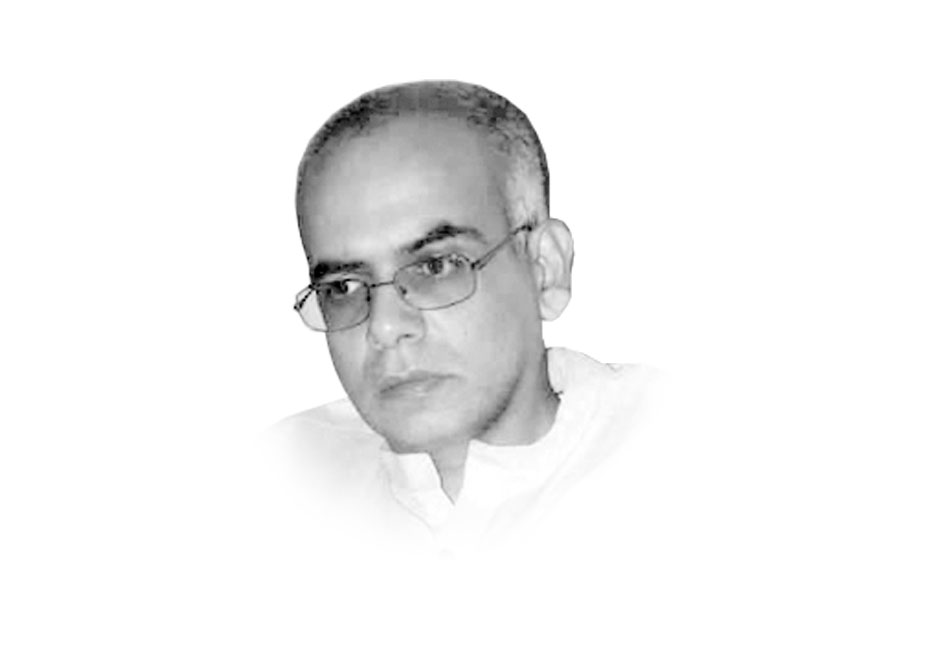
Pakistan is not the only country confronting worrying water woes. According to a new UN report, the World Water Development Report 2015, the world will only have 60 per cent of the water it needs by 2030 without significant global policy change.
Population growth, and the corresponding increases in direct and indirect water consumption needs, has placed freshwater resources under increasing pressure. India, China, Nepal, Bangladesh and Pakistan, alone account for nearly half the world’s total groundwater use. These countries are rapidly depleting their groundwater.
Already a combination of global climate change, increasing demand, waste and water mismanagement, has led to an alarmingly rapid depletion of water supply. Pakistan itself has seen a five-fold drop in water availability per person since independence.
Moreover, the loss incurred due to water-related disasters such as floods, droughts and storms have also increased in frequency and severity over the past decade. In Pakistan, three years of repeated floods (in 2010, 2011 and 2012) have inflicted massive damage. It has resulted not only in loss of lives and livelihoods of those directly hit by the flooding, but also severely hampered potential economic opportunities for many others and caused destruction of vital infrastructure including roads, health and education facilities.
Besides being a necessity for life, water is vital to many other human development processes. For example, water is a prerequisite for ensuring improvements in social and economic well-being, for improving food and energy security, and providing better human and even environmental health. Such competing demands impose difficult allocation decisions on use of water, given that it is simultaneously needed to fulfill manufacturing, thermal electricity generation, agricultural and domestic consumption needs. However, out-dated models of natural resource governance continue to allow over-exploitation and wastage of precious resources like water. The resulting disruption of ecosystems due to growing urbanisation, inappropriate agricultural practices, deforestation and pollution are making clean water scarcer.
The increasing competition for diminishing water resources increases the risk of water-related conflicts within and across countries, and is worsening water unavailability for already marginalised and poor communities. It is however possible to take steps to address the multidimensional challenges related to water. Nations can take numerous actions in this regard, such as well-targeted water pricing, more effective water conservation, and investment in appropriate means to recycle waste water. The agricultural sector itself can do much to increase water use efficiency by reducing the enormous water losses incurred by it, and by focusing on the need to increase crop productivity with respect to water use.
The UN system has realiaed the need to develop a more detailed and context-specific framework for addressing water issues, beyond the need to improve water supply and sanitation. In its post-2015 development agenda, the UN Sustainable Development Goal for water also focuses on the need for preserving water resources, safeguarding the quality of water and improving wastewater management, bolstering governance related to water usage, and contending more effectively with water-related disasters.
Progress needs to be made simultaneously on all these above fronts, involving serious commitments from international development agencies, national governments and community based organisations working together to conserve water, and make its use more efficient and equitable. Otherwise water scarcity and its adverse impact on a range of other development indicators will become impossible to ignore.
Published in The Express Tribune, April 10th, 2015.
Like Opinion & Editorial on Facebook, follow @ETOpEd on Twitter to receive all updates on all our daily pieces.


1737550160-0/BeFunky-collage-(21)1737550160-0-165x106.webp)

1719319701-0/BeFunky-collage-(10)1719319701-0-165x106.webp)

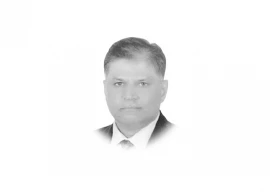
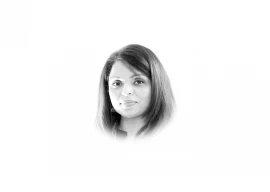

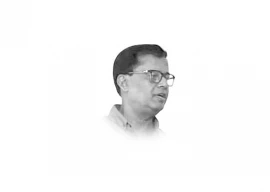


1737452260-0/Gaddafi-stadium-(2)1737452260-0-270x192.webp)
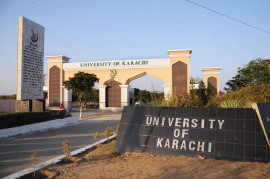

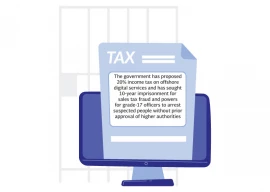
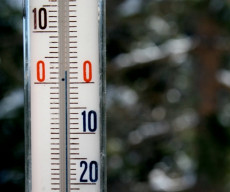


COMMENTS (1)
Comments are moderated and generally will be posted if they are on-topic and not abusive.
For more information, please see our Comments FAQ